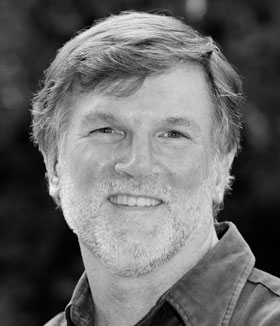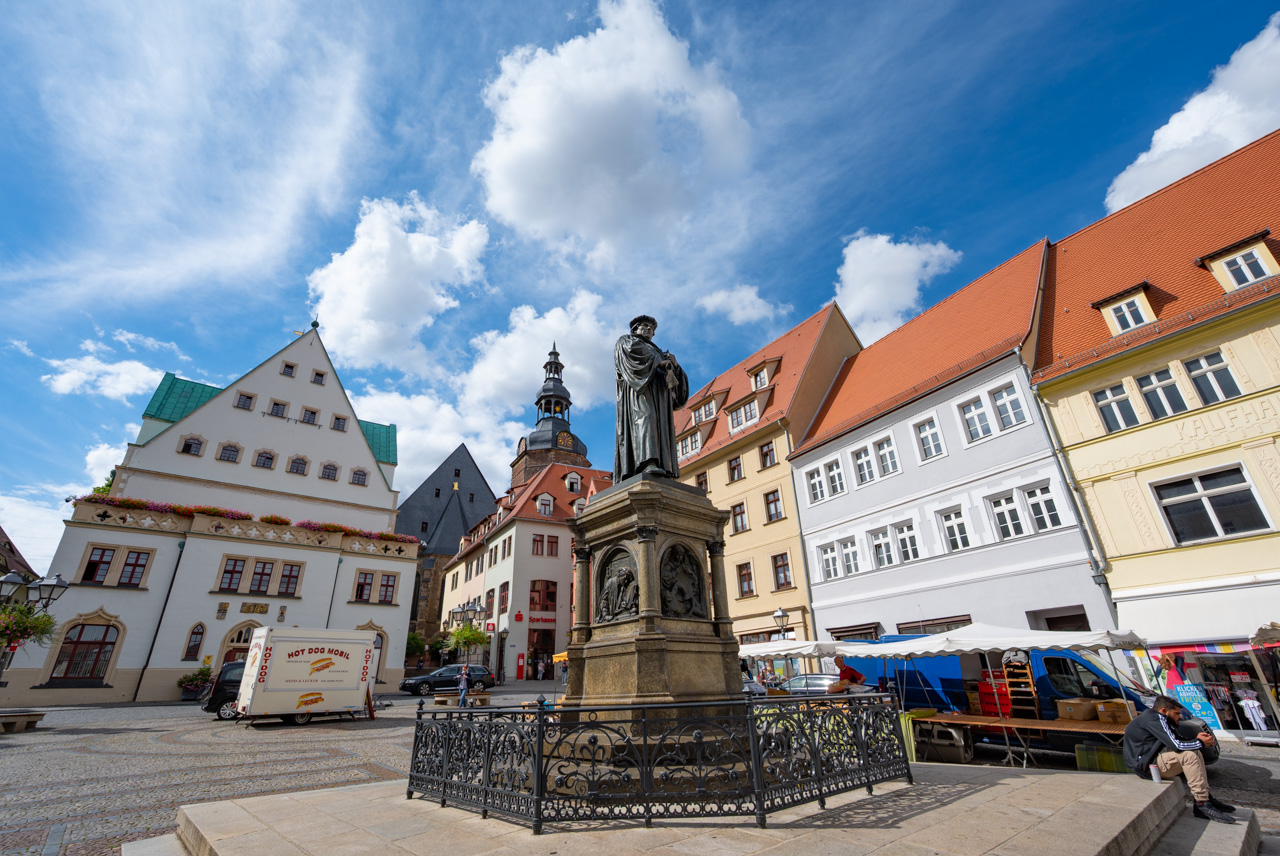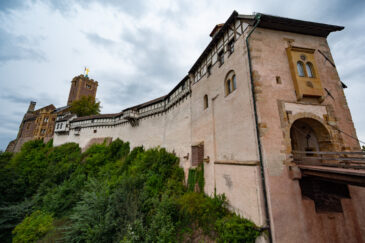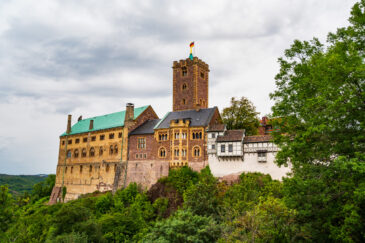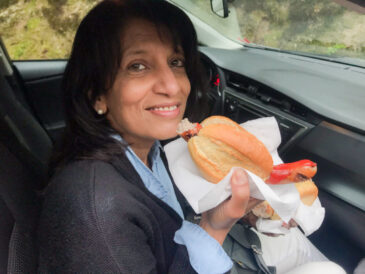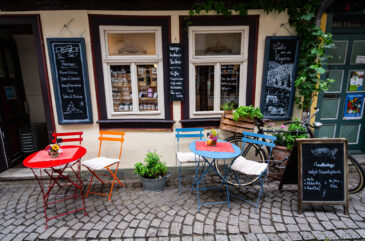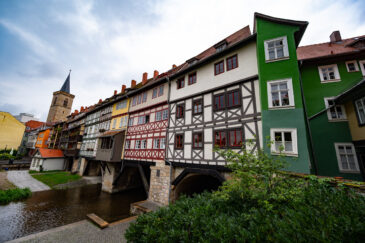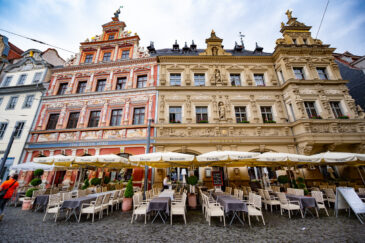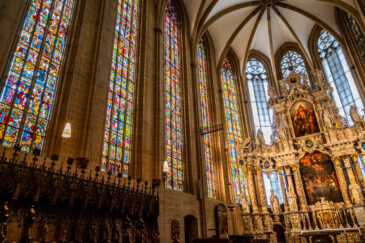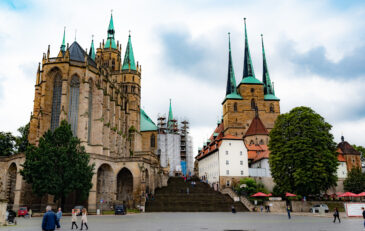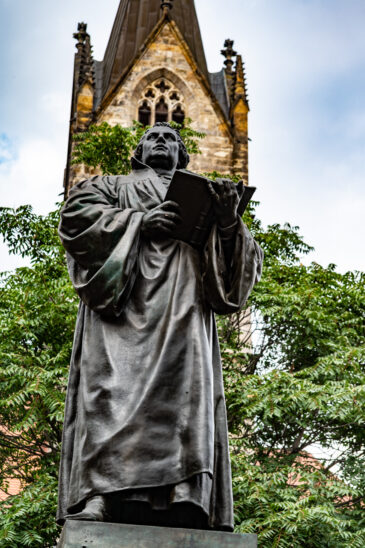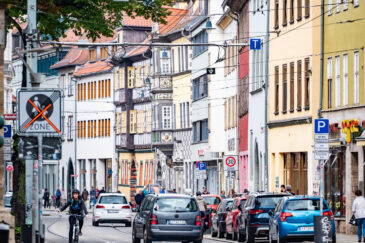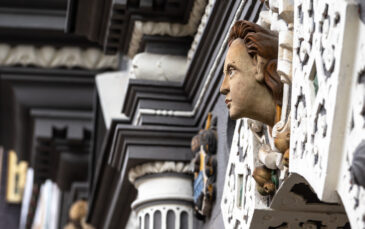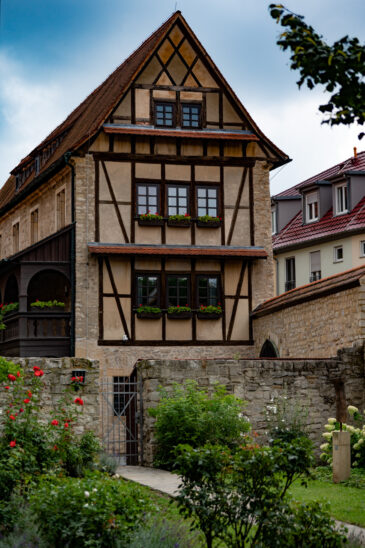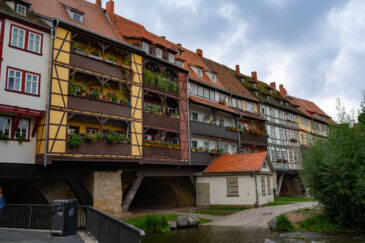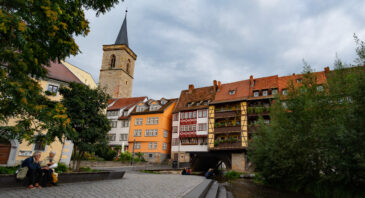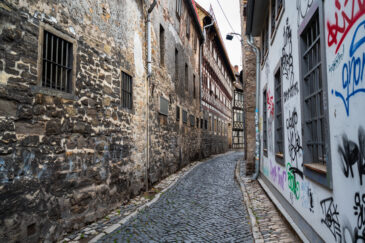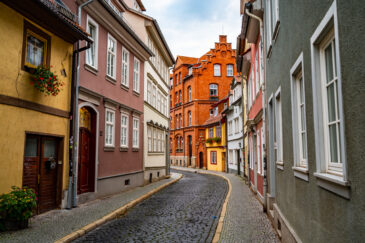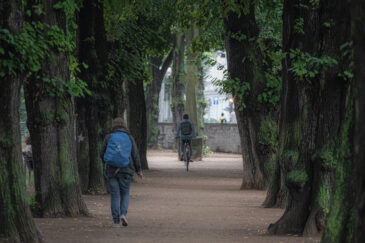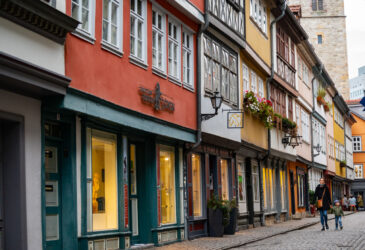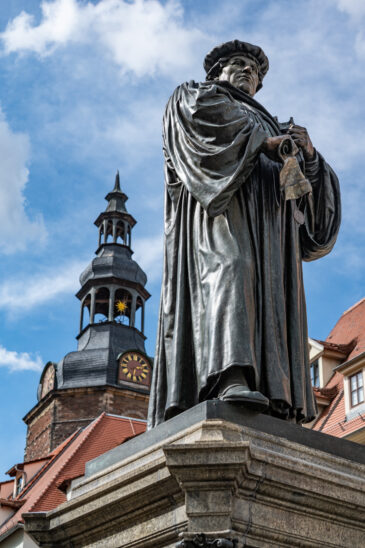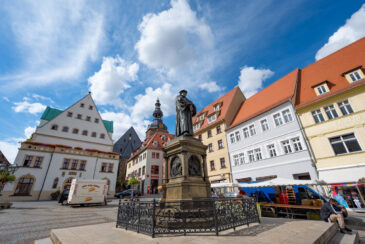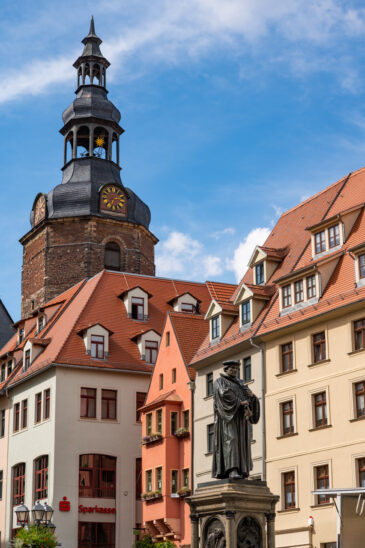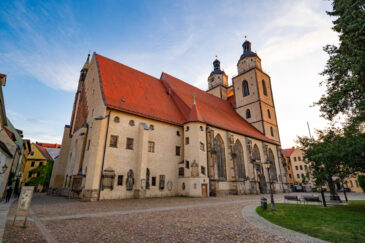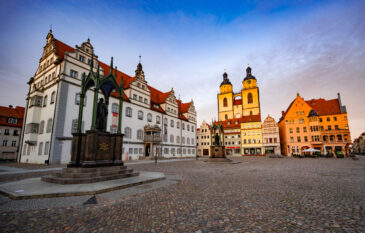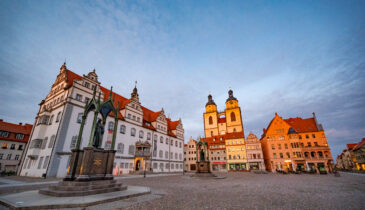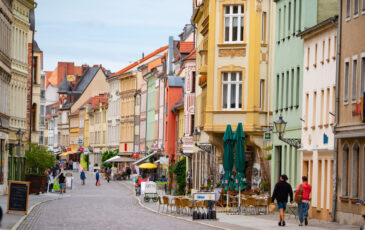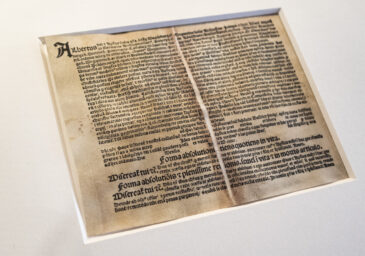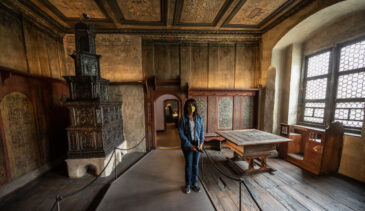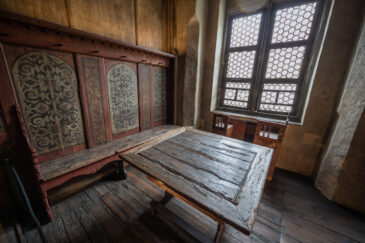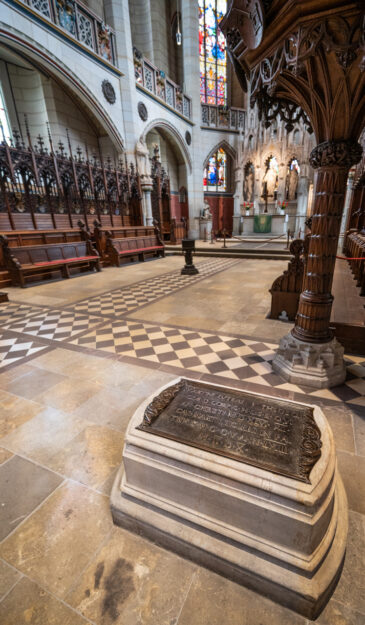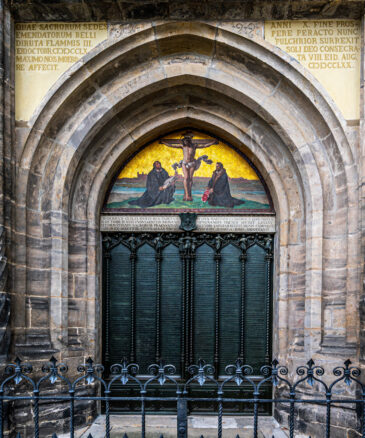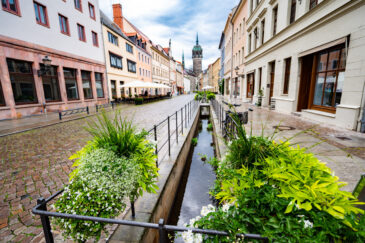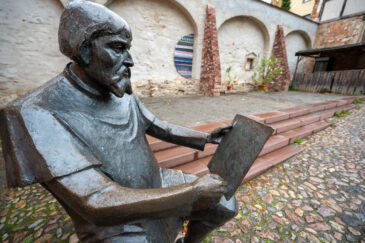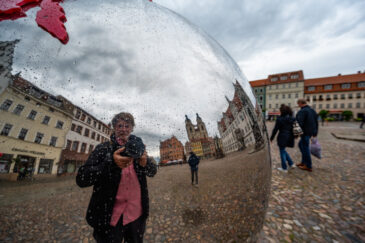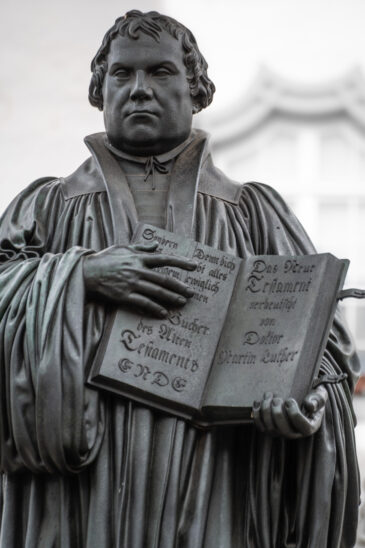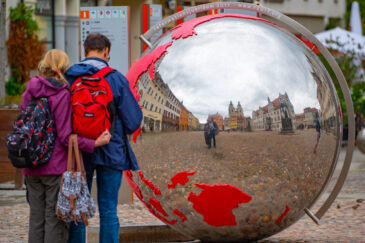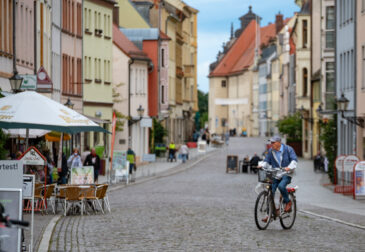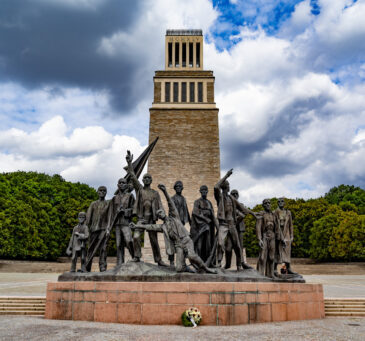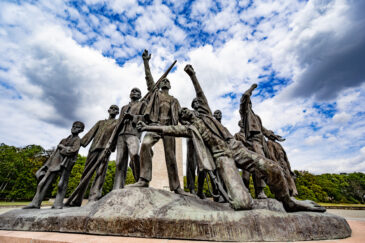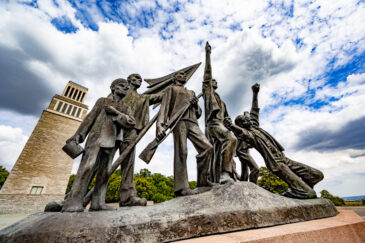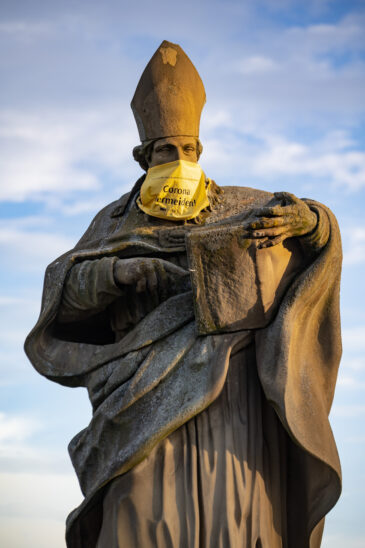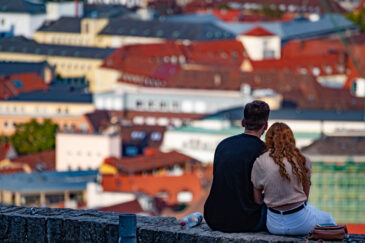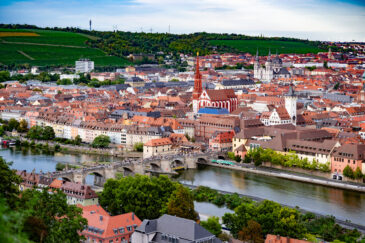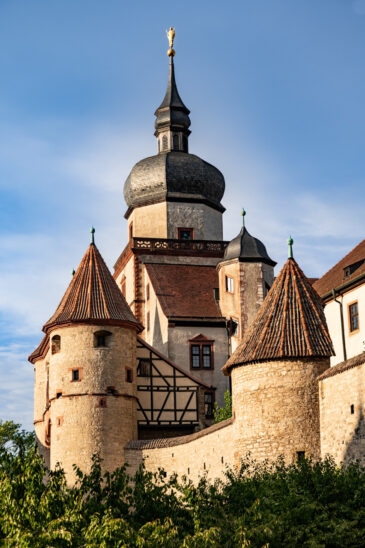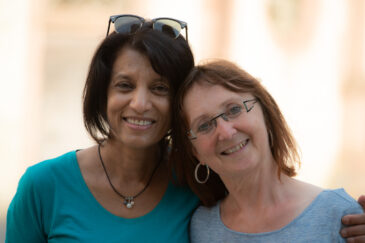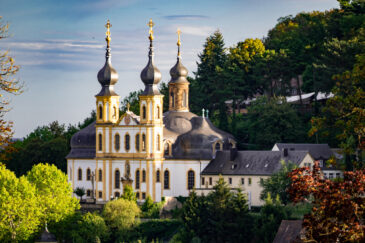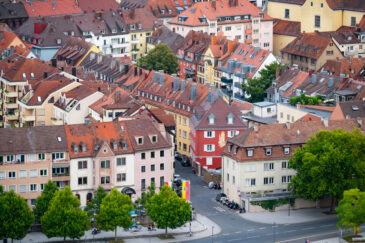Padma and I look at a different kind of map these days when planning our travel destinations. Instead of maps with tourist attractions we look at the map showing the incidence of COVID. And after studying the map we could tell that the former East German states of Thuringia and Saxony-Anhalt had very low rates of COVID infections.
So we packed the car and embarked on a roadtrip.
But we did have a mission in mind. We wanted to explore the old stomping grounds of arguably the most famous German – Martin Luther. Five hundred years ago he challenged the Catholic Church by courageously posting his 95 issues on a church door in Wittenberg. That set off the Reformation and played a huge role in shaping Western civilisation.
Eisenach
We entered Thuringia at Eisenach and went directly to Wartburg Castle. In 1521, Martin Luther was deemed an outlaw and while on a trip home he was ‘kidnapped’ by his allies and secretly hidden in Wartburg for 10 months.
Padma and I stood outside his study in the castle where he translated the New Testament from Greek to German in 11 weeks.
Erfurt
After eating a Thuringia sausage for lunch we ventured to the state capital of Erfurt. Our hotel was called the ‘Krämerbrücke’ and we thought that was because it was next to the 14th century bridge which spans a tributary of the Gera River. In fact, our room was ON the bridge. The bridge is distinctive since homes and shops were literally built on the bridge.
Luther moved to Erfurt as a 17 year old to study law and philosophy. After a near miss with a lightning bolt he decided to become a monk and entered a monastery in Erfurt. He was ordained as a priest in the Erfurt Cathedral in 1507.
Padma and I spent a couple of relaxing days just wandering around Erfurt and learning of Luther’s life. With its meandering streams, tree-lined walkways and quiet cobblestone streets, it became one of our favourite German cities.
Eisleben
As a monk, Martin Luther had too much time on his hands for contemplation and self-inflicted penances. His superiors recognised his brilliance and in 1507, they sent him to Wittenberg to teach at the university. He spent the rest of his life at the University of Wittenberg.
So Padma and I packed our suitcase and left Erfurt to get to know Luther’s life in Wittenberg a bit better. En route, we stopped in Lutherstadt Eisleben – the Saxony-Anhalt town where life began and ended for Luther.
We toured museums in both his death and birth homes. His death bed attracted pilgrims for a century or so after his death but was slowly disappearing. Visiting pilgrims would take slivers which reputedly were good for toothaches if used as a toothpick. Eventually the bed was burned.
Wittenberg
At Lutherstadt Wittenberg, we toured the house where Luther, his wife (yes, he married a former nun) and four children lived for 35 years. As a young monk, Luther walked from Germany to Rome. There he became enraged with the Catholic Church’s fundraising scam. They were selling ‘indulgences’ which were pieces of paper that could fast track the beholder to the pearly gates.
Luther wrote up 95 protest posts and allegedly one night in 1517, he walked the 2600 steps from his house to the Castle Church and posted his Theses. The original doors burned down long ago and were replaced with metal doors inscribed with Luther’s Theses.
Buchewald
From Wittenberg, we drove south and took a big deviation in the theme of our trip. Visiting Buchenwald—a Nazi concentration camp near Weimar—was a gut-wrenching detour, far removed from the uplifting thread of Luther’s legacy. The silence there was heavy, the landscape scarred by cruelty and loss. After days immersed in faith, reform, and spirited dialogue, Buchenwald confronted us with humanity’s darkest shadow. It was a grim counterpoint that deepened our understanding of the Germany we’d been exploring. Nothing prepared us for that quiet, haunted hilltop.
Wurzburg
We ended our journey in Würzburg, where the past gave way to the present in a joyful way as we met up with our friends Heiko and Susanne. The city wore signs of the times: even statues donned face masks, a surreal reminder that COVID had arrived here too.
